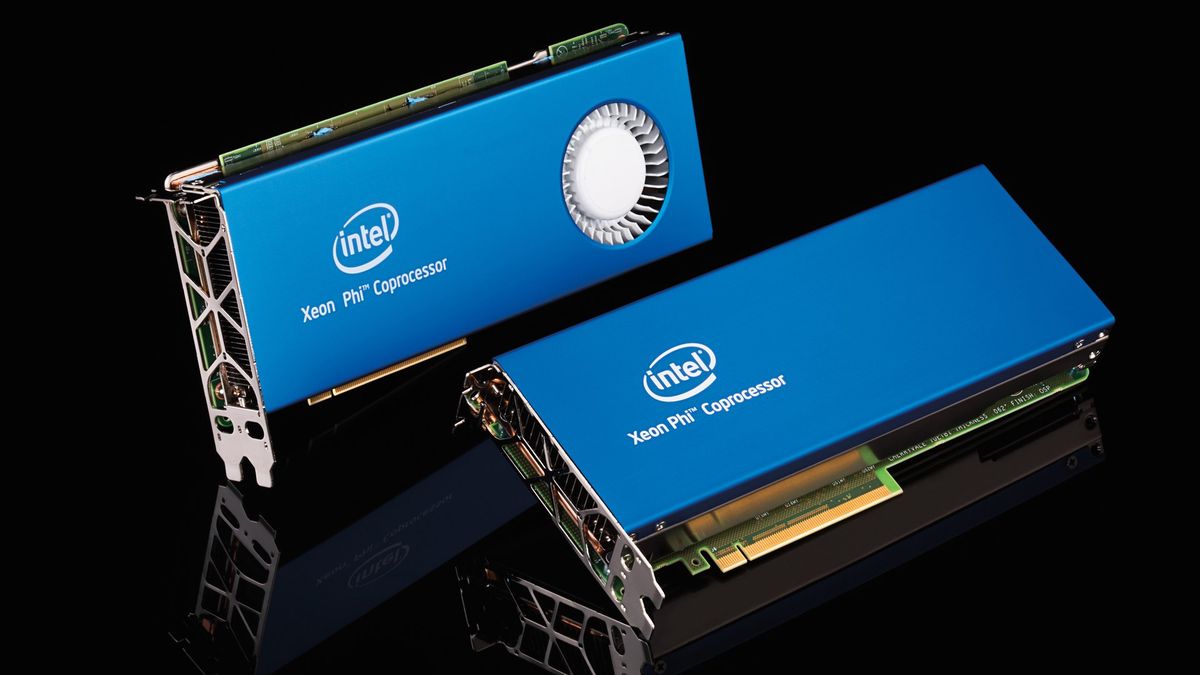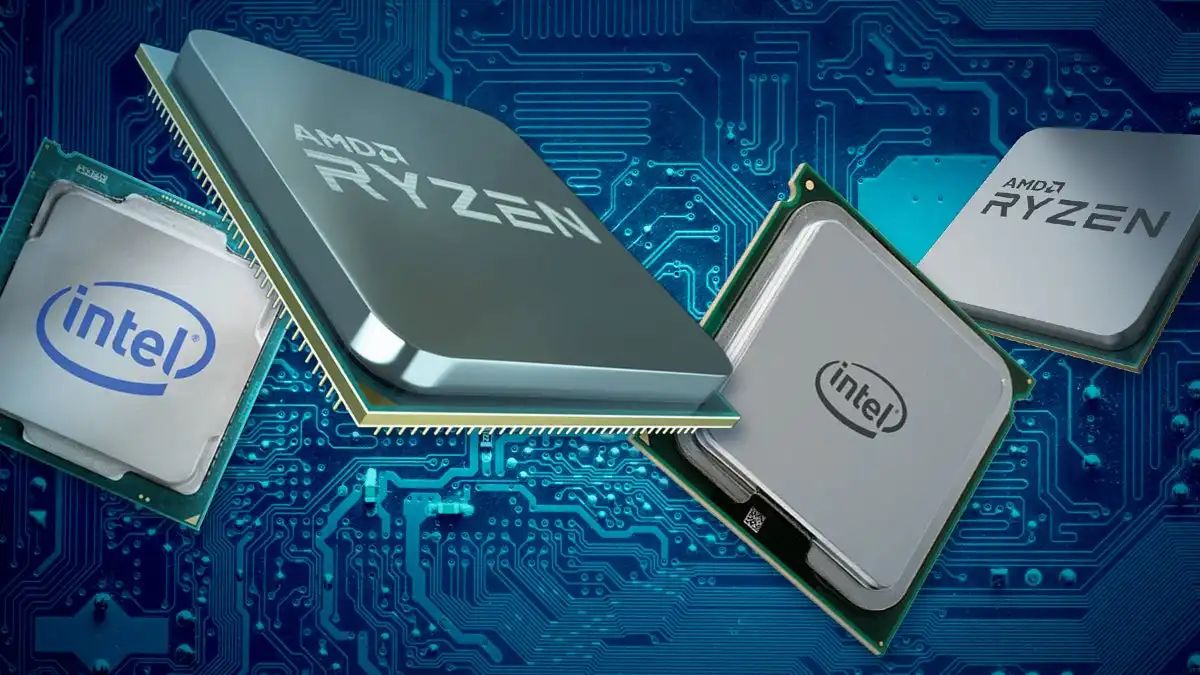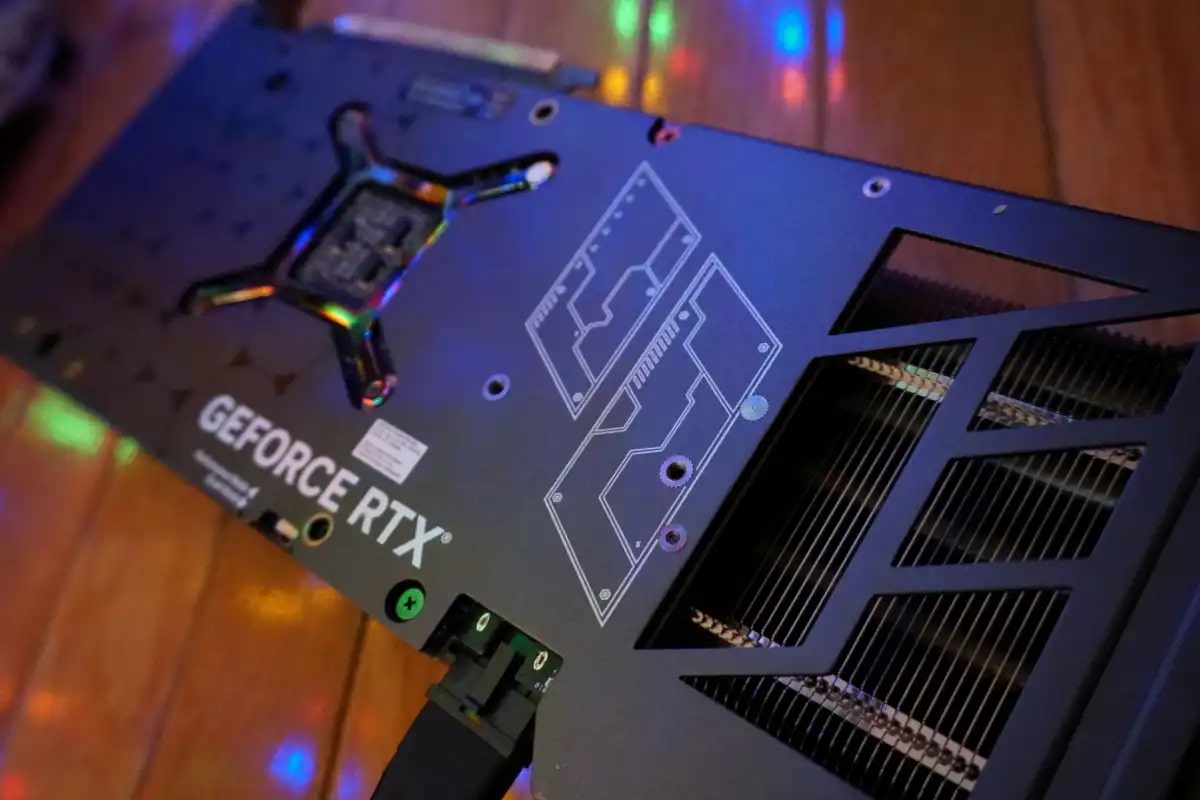Introduction
Welcome to this guide on how to tell which Intel graphics card you have. Whether you’re a casual computer user or a seasoned gamer, knowing the specifications of your graphics card is crucial for optimizing your computer’s performance and ensuring compatibility with software and games.
Your graphics card is responsible for rendering images, videos, and animations on your screen. It plays a vital role in delivering a smooth and visually pleasing experience, especially when it comes to demanding tasks like gaming, video editing, and graphic design.
Identifying your Intel graphics card is essential for various reasons. Firstly, it allows you to determine the capabilities and limitations of your card, enabling you to make informed decisions about software upgrades or configurations. Additionally, it helps you troubleshoot issues and seek appropriate support or driver updates from Intel.
Fortunately, there are several methods you can use to identify your Intel graphics card, and we will cover them in detail in this guide. From using the Device Manager in Windows to utilizing third-party software, we’ll explore various options that cater to different user preferences and technical proficiency levels.
Before we dive into the methods, it’s worth noting that Intel offers a range of graphics cards, each with different features and capabilities. Some common Intel graphics card series include Intel HD Graphics, Intel UHD Graphics, and Intel Iris Graphics. Depending on your computer’s age and specifications, you may have a different model within one of these series.
Now that we understand the importance of knowing your Intel graphics card and the range of options available, let’s jump into the methods that will help you identify your specific graphics card model. Whether you’re a Windows user or prefer third-party software, we’ve got you covered with simple and effective solutions.
Method 1: Using the Device Manager
The Device Manager is a built-in Windows tool that allows you to view and manage the hardware devices installed on your computer, including your graphics card. By using this method, you can quickly identify your Intel graphics card model. Here’s how:
- Press the Windows key + R on your keyboard to open the Run dialog box.
- Type “devmgmt.msc” (without quotes) and press Enter to open the Device Manager.
- In the Device Manager window, expand the “Display adapters” category by clicking on the arrow next to it.
- You should see your Intel graphics card listed under the Display adapters category, with its specific model name mentioned. It could be something like “Intel HD Graphics 620” or “Intel UHD Graphics 630”.
- To view more detailed information about your graphics card, right-click on it and select “Properties”. In the Properties window, you can find additional details like the driver version and date.
Using the Device Manager is a straightforward method that provides quick and accurate information about your Intel graphics card. However, it’s important to note that the Device Manager may occasionally show generic or generic names, such as “Standard VGA Graphics Adapter” if the correct drivers are not installed. In such cases, you may need to update your drivers to get the correct information.
Now that you know how to identify your Intel graphics card using the Device Manager, let’s move on to the next method, which involves using the DirectX Diagnostic Tool.
Method 2: Using the DirectX Diagnostic Tool
The DirectX Diagnostic Tool, also known as dxdiag, is a utility included in Windows that provides detailed information about your computer’s DirectX components, including the graphics card. By using this tool, you can easily identify your Intel graphics card model. Follow the steps below:
- Press the Windows key + R on your keyboard to open the Run dialog box.
- Type “dxdiag” (without quotes) and press Enter to launch the DirectX Diagnostic Tool.
- In the DirectX Diagnostic Tool window, you will see various tabs displaying information about your computer’s components.
- Click on the “Display” tab to access the display-related information.
- Under the “Device” section, you will find the name of your Intel graphics card mentioned next to “Name”. It might be labeled as “Intel HD Graphics” or “Intel UHD Graphics” followed by the model number.
- Additional details about your graphics card, such as the driver version, can be found under the “Drivers” section.
The DirectX Diagnostic Tool provides comprehensive information about your Intel graphics card and other DirectX components of your system. It is especially helpful for troubleshooting graphics-related issues and ensuring your DirectX components are up to date.
Now you know how to use the DirectX Diagnostic Tool to identify your Intel graphics card model. In the next section, we’ll explore another method that involves using the Windows Display Settings.
Method 3: Using the Windows Display Settings
The Windows Display Settings provide a simple and intuitive way to view basic information about your graphics card, including the Intel graphics card model. Here’s how you can use this method:
- Right-click on your desktop and select “Display settings” from the context menu.
- In the Display Settings window, scroll down and click on the “Advanced display settings” link.
- In the Advanced display settings window, click on the “Display adapter properties” link.
- A new window named “Properties” will appear with several tabs at the top.
- Click on the “Adapter” tab to view information specific to your graphics card.
- Under the “Adapter Information” section, you will find the name of your Intel graphics card mentioned under the “Chip Type” or “Adapter Type” field.
The Windows Display Settings method provides a quick and easy way to identify your Intel graphics card model without the need for additional tools or utilities. However, keep in mind that the information displayed through this method may be limited compared to other methods.
Now that you know how to utilize the Windows Display Settings to identify your Intel graphics card model, let’s move on to the next method, which involves using the Intel Graphics Command Center.
Method 4: Using Intel Graphics Command Center
If you have an Intel graphics card, you can use the Intel Graphics Command Center software to easily identify its model and access advanced settings. Here’s how to use this method:
- Right-click on your desktop and select “Graphics Options” or “Graphics Properties” from the context menu.
- This will open the Intel Graphics Command Center software, which provides a range of options and settings for your Intel graphics card.
- In the Command Center window, click on the “System” tab to view system-related information.
- Under the “Information” section, you will find the name of your Intel graphics card mentioned next to “Graphics Driver Version”. It will include the model number and series.
- Additionally, you can explore other tabs and settings in the Intel Graphics Command Center to customize and optimize your graphics card’s performance.
The Intel Graphics Command Center is a powerful tool that not only helps you identify your Intel graphics card but also offers advanced control over its settings. You can tweak various parameters, such as display resolution, color enhancements, and 3D settings, to fine-tune your graphics card’s performance according to your preferences and requirements.
Now that you know how to use the Intel Graphics Command Center to identify your Intel graphics card model let’s move on to the final method, where we explore the option of using third-party software.
Method 5: Using Third-Party Software
If you prefer using third-party software for identifying your Intel graphics card, there are several options available that provide comprehensive information about your card’s model and specifications. Here are a few popular choices:
- GPU-Z: GPU-Z is a lightweight and reliable software that provides in-depth information about your graphics card, including the Intel graphics card model. It displays details such as the GPU name, memory size, BIOS version, and more.
- AIDA64: AIDA64 is a comprehensive system information and benchmarking tool that can identify your Intel graphics card model. It offers detailed information about hardware components, including specific details about your Intel graphics card.
- Speccy: Speccy is another useful tool for identifying your Intel graphics card. It provides detailed information about your computer’s hardware, including the model and specifications of your Intel graphics card.
To use these third-party software options, simply download and install the software of your choice from their respective websites. Once installed, launch the software, and it will provide you with detailed information about your Intel graphics card model.
Using third-party software can be a convenient option, especially if you prefer a more comprehensive and detailed analysis of your Intel graphics card’s specifications. However, keep in mind that installing and running additional software on your system may impact performance and consume system resources.
Now that you are acquainted with the options for using third-party software to identify your Intel graphics card model, let’s wrap up this guide.
Conclusion
Identifying your Intel graphics card is essential for optimizing your computer’s performance, troubleshooting issues, and ensuring compatibility with software and games. In this guide, we covered five methods that can help you determine the model of your Intel graphics card:
- Using the Device Manager, which provides quick and accurate information about your graphics card.
- Using the DirectX Diagnostic Tool, an in-built utility that offers comprehensive details about your Intel graphics card and DirectX components.
- Using the Windows Display Settings, a simple and intuitive method to view basic information about your graphics card.
- Using the Intel Graphics Command Center software, which not only identifies your graphics card but also enables advanced control over settings.
- Using third-party software such as GPU-Z, AIDA64, or Speccy for more detailed analysis and specifications of your graphics card.
Each method has its own advantages and may cater to different user preferences or technical proficiency levels. Depending on your requirements and preferences, you can choose the method that suits you best.
Remember, knowing your Intel graphics card is crucial for making informed decisions about upgrades, troubleshooting graphics-related issues, and ensuring optimal performance. By identifying your graphics card model, you can take advantage of driver updates, customize settings, and ensure compatibility with the latest software and games.
We hope this guide has been helpful in assisting you with identifying your Intel graphics card model. Now that you have the knowledge, go ahead and explore the capabilities of your Intel graphics card to enhance your computing experience.

























